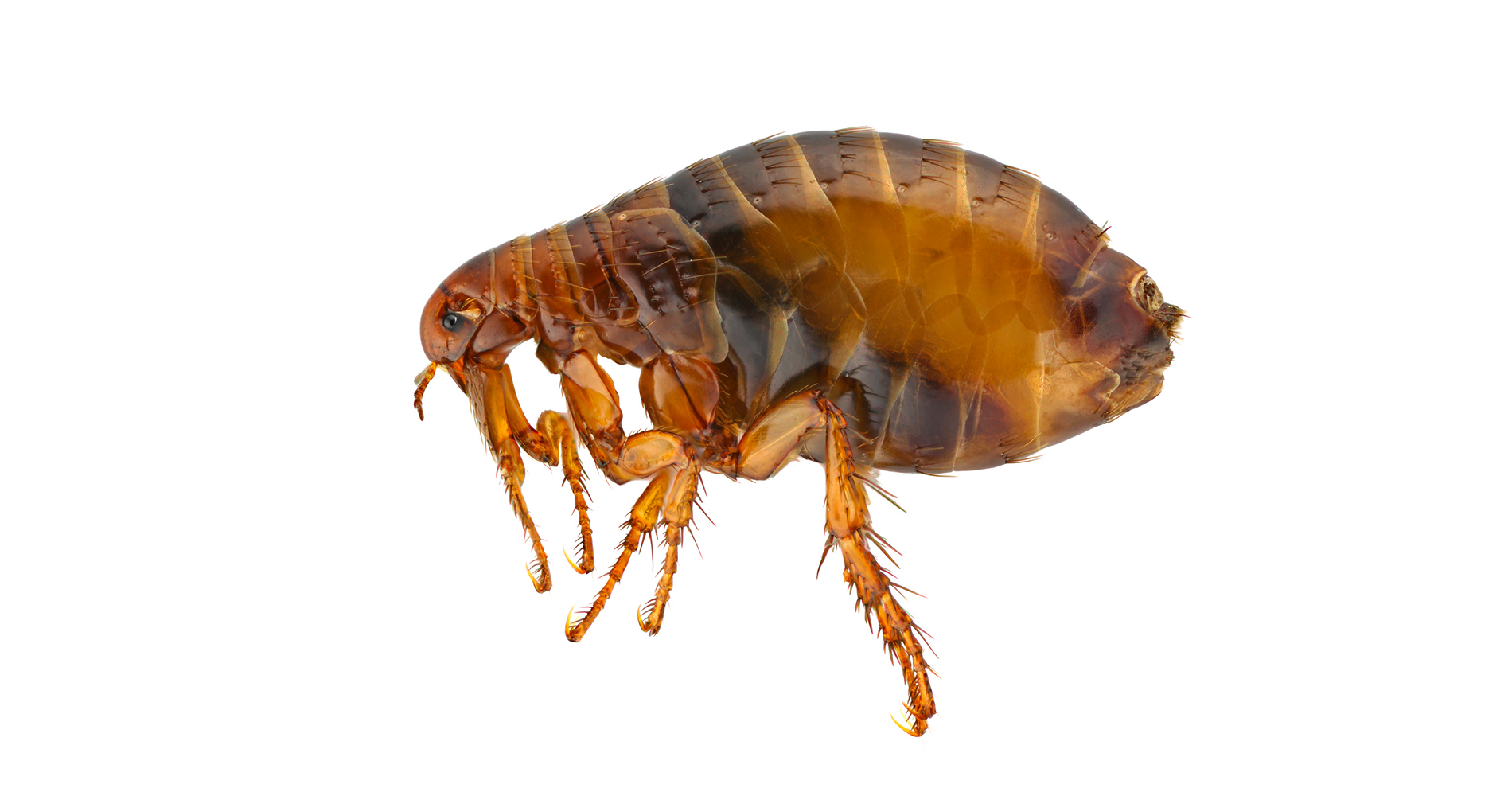Human flea
(Pulex irritans)

Biology:
The human flea is now a relatively rare type of flea, which can develop in the long term on humans without the need for a main host. In Europe, main hosts include domestic dogs, foxes and badgers, while secondary hosts could be humans, domestic cats, domestic pigs, hedgehogs and many more. The body of the human flea is 2 to 4 mm in length. Unlike dog and cat fleas, human fleas do not have combs on their cheeks or on their head.
For more biological information, see the description for the dog flea.
Damage:
The damage caused is as described for the dog flea. Along with the oriental rat flea Xenopsylla cheopis, the human flea was one of the main vectors of the bubonic plague epidemics which occurred in previous centuries. In addition, it is a possible vector of infectious diseases such as murine typhus or tularaemia.
